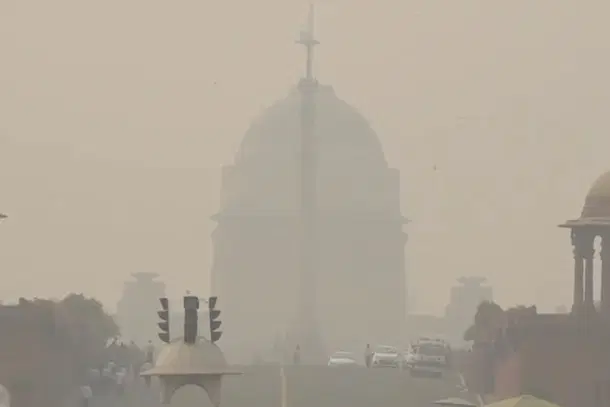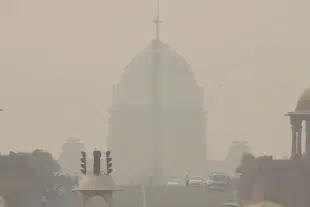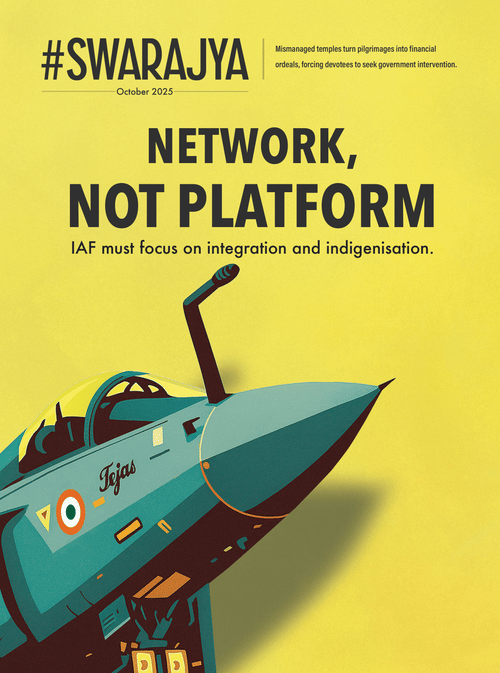News Brief
Day After Diwali, Haze Covers Delhi-NCR As AQI Hits ‘Very Poor’ Levels
Arun Dhital
Oct 21, 2025, 11:11 AM | Updated 11:11 AM IST
Save & read from anywhere!
Bookmark stories for easy access on any device or the Swarajya app.


A thick layer of smog engulfed Delhi and its neighbouring regions on Tuesday morning, a day after Diwali celebrations, pushing the city’s air quality into the “very poor” category, the Indian Express reported.
According to the Central Pollution Control Board (CPCB), the average Air Quality Index (AQI) in Delhi at 5.30 am stood at 346.
At 10 pm on Monday, 36 out of 38 monitoring stations reported AQI levels in the “red zone”, indicating “very poor” to “severe” pollution. The Early Warning System for Delhi noted that “multiple areas in Delhi recorded AQI above 400”.
Among the worst-hit locations were Bawana (418), Wazirpur (408), Jahangirpuri (404), and Burari Crossing (393). Even central areas like ITO (345), RK Puram (369), and Anand Vihar (352) recorded dangerously high readings.
While smoke from firecrackers added to the pollution, officials said stubble burning in neighbouring states and vehicular emissions “also contributed significantly” to the spike in AQI levels.
Outside Delhi, air quality in the National Capital Region (NCR) remained grim.
As per aqi.in data at 7 am, Noida and Ghaziabad recorded AQI levels of 412, while Faridabad and Gurgaon stood at 412 and 402 respectively.
The AQI around India Gate was 342 early Tuesday, prompting the implementation of GRAP Stage-2 restrictions across Delhi. The CPCB categorises AQI as Good (0–50), Satisfactory (51–100), Moderately Polluted (101–200), Poor (201–300), Very Poor (301–400), and Severe (401–500).
Experts have advised residents to avoid outdoor activities unless necessary until pollution levels return to “moderate” levels.
The World Health Organization recommends limiting PM2.5 levels to an annual average of 5 µg/m³ and a 24-hour average of 15 µg/m³ — thresholds Delhi continues to exceed by several times.
Please click here to add Swarajya as your preferred and trusted news source on Google





